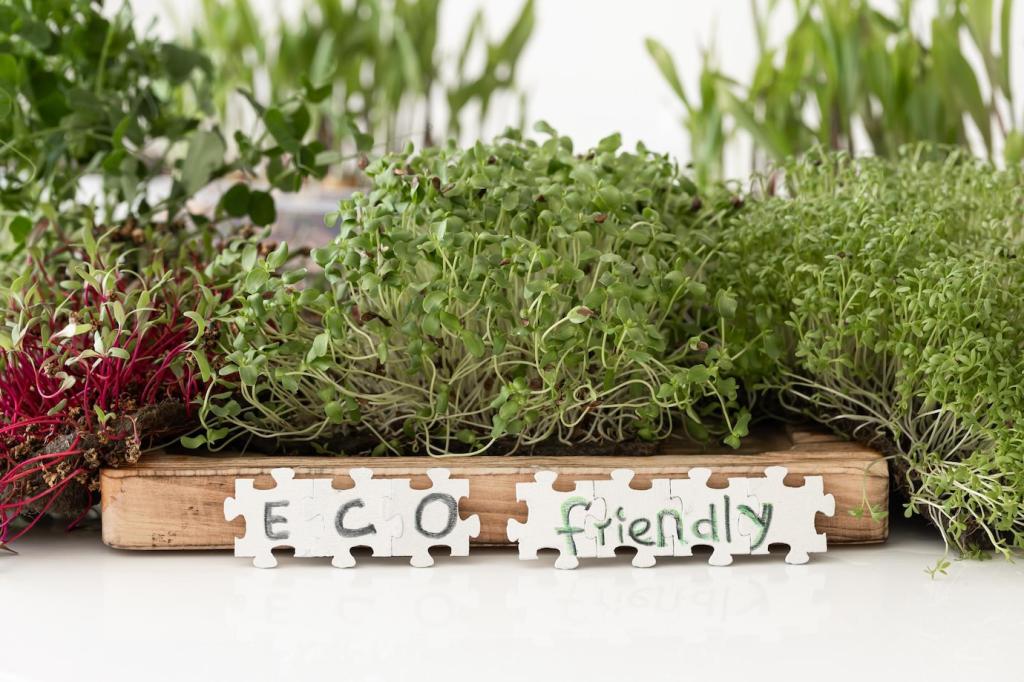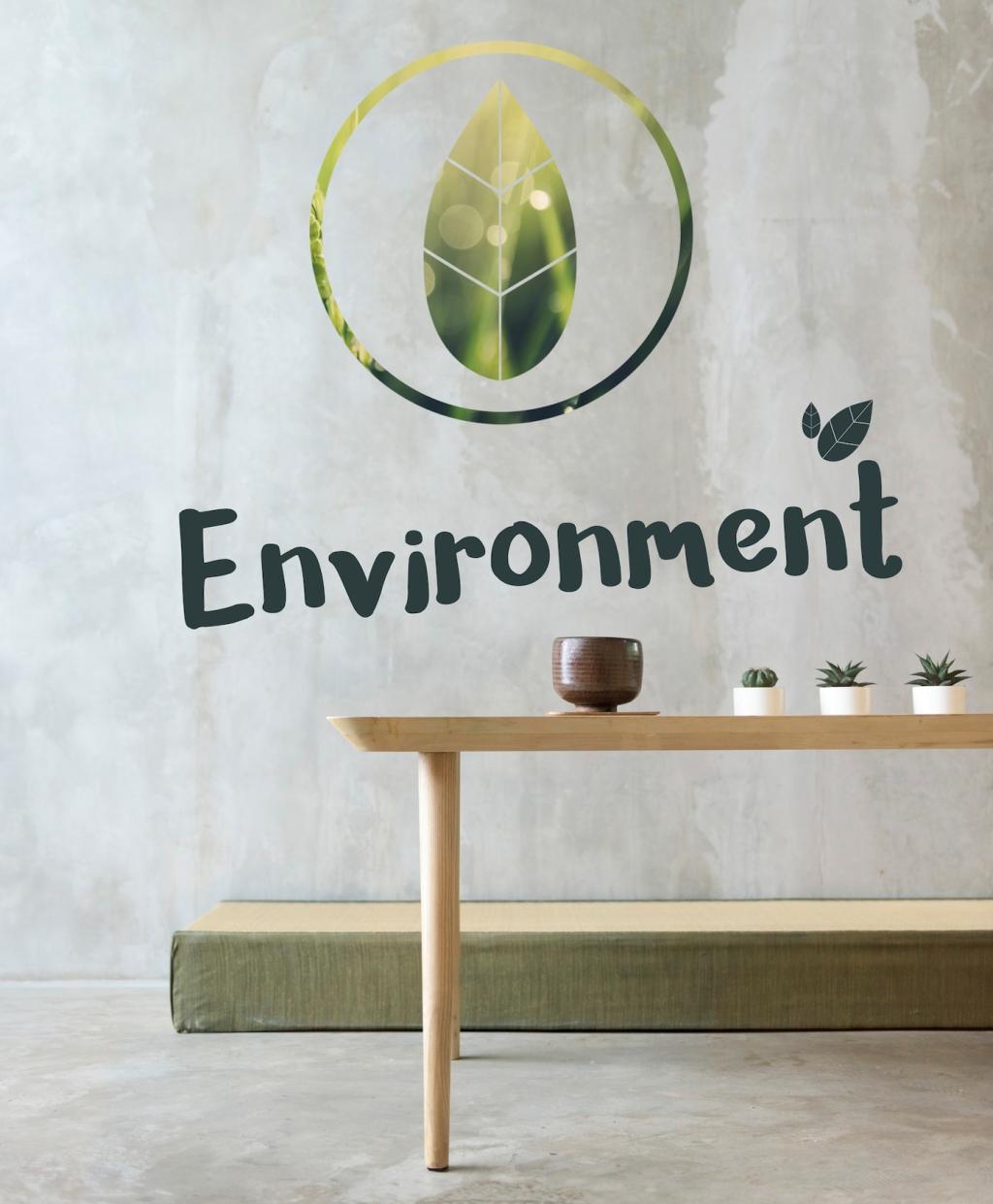Sustainable Interior Design Principles: Live Beautifully, Tread Lightly
Chosen theme: Sustainable Interior Design Principles. Welcome to a home page dedicated to designing spaces that honor the planet and nurture well-being. Explore practical frameworks, inspiring stories, and actionable ideas you can apply today. Join the conversation, subscribe for fresh insights, and share your own green design wins.



Material Matters: Healthier, Responsible Choices
Low-Emission Finishes and Adhesives
Favor zero-VOC or low-VOC paints, water-based finishes, and formaldehyde-free composites to protect indoor air. Check credible labels and request documentation from suppliers. Share which products worked for you, so other readers practicing sustainable interior design principles can benefit.
Certified Wood and Renewable Alternatives
Look for FSC-certified wood, and explore bamboo, cork, or agricultural waste fibers when appropriate. Responsibly sourced materials protect forests and support regenerative practices. If you have a favorite supplier, leave a comment and help build a vetted, planet-friendly directory.
Reclaimed and Recycled Surfaces
Reclaimed timber, recycled glass terrazzo, and remnant stone turn waste into character-rich finishes. An old school gym floor can become a kitchen table with stories. Show us your best salvage find to inspire others embracing sustainable interior design principles.
Energy Savvy Spaces: Daylight, Comfort, and Control
Harness Daylight Without Glare
Position desks and reading nooks perpendicular to windows, add light shelves or reflective surfaces, and layer sheer shades to soften brightness. Good daylighting cuts lighting demand and boosts mood. Tell us your trick for balancing sunshine and screen comfort year-round.
Efficient Lighting and Smart Controls
Choose warm LED lamps with high color rendering, pair them with dimmers, sensors, and zoned circuits, then map lighting to real activities. This approach saves energy and shapes ambiance beautifully, a core expression of sustainable interior design principles.
Passive Comfort First
Seal drafts, insulate thoughtfully, use thermal curtains, and place rugs to reduce radiant asymmetry. Fans can extend comfort into shoulder seasons. Start passively, then right-size mechanical systems. Comment with your favorite low-tech comfort hack that outperforms costly gadgets.
Circular Furnishing: Buy Less, Choose Well, Make It Last
Invest in solid joinery, replaceable parts, and classic forms that age gracefully. A single well-made piece can outlive multiple fast-furniture purchases, slashing both waste and cost over time while exemplifying sustainable interior design principles in practice.
Opt for modular shelving, interchangeable cushions, and neutral bases that evolve with life changes. This flexibility reduces the urge to redecorate constantly, saves resources, and preserves harmony as your needs and tastes naturally shift.
We turned a scratched mid-century cabinet into a vibrant entry console with safe finishes and new hardware, saving a beloved heirloom from landfill. Share your best rescue or repair to inspire a culture of creativity over consumption.

Wellbeing Indoors: Air, Water, and Biophilic Calm
Ventilate after painting, choose rugs that do not shed excessively, and specify furnishings with verified low emissions. Houseplants are delightful but not a substitute for ventilation. What habits help you maintain fresh indoor air every single day?

Prioritize using what you already own, reuse existing walls, and select low-impact materials where replacements are necessary. Even simple product declarations can reveal big differences. Share your before and after material choices and lessons learned.

Work with nearby woodworkers, upholsterers, and metal shops that offer repair services and transparent sourcing. Shorter supply chains mean accountability and story-rich pieces. Tag a favorite local craftsperson and help others find responsible partners.
